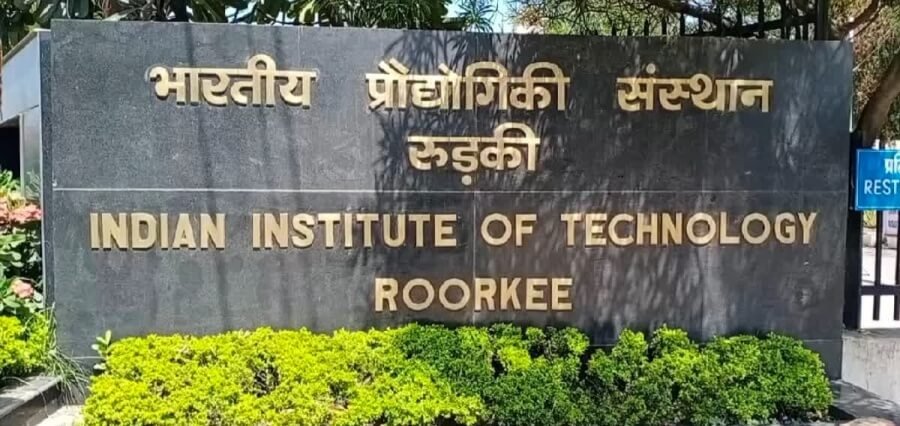Every year on November 17, India observes National Epilepsy Day to raise awareness of the condition and its effects on people, families, and society. Dr. Nirmal Surya and the Epilepsy Foundation of India founded the day.
Its objectives are to raise awareness about epilepsy’s symptoms and treatment options, assist those who cannot afford treatment, and debunk myths surrounding the condition.
The World Health Organization (WHO) estimates that 50 million people worldwide suffer from epilepsy, with 10–20% of those cases occurring in India. Fortunately, 70% of epileptics are able to control their seizures with medicine or specific kinds of surgery.
The disorder known as epilepsy is characterized by abnormal brain activity that results in abrupt, upsetting episodes known as seizures. The brain’s aberrant electrical activity is the cause of these seizures. Tiny electrical signals are normally sent out by our brains in an orderly fashion; epilepsy throws this pattern off. During a seizure, an individual’s movements, sensations, or state of consciousness may be interrupted by abrupt electrical energy bursts.
The symptoms of epilepsy can differ amongst different types. During a seizure, some people may lose consciousness, while others may just stare momentarily. People who have certain types may twitch their arms or legs, a condition known as convulsions. Numerous well-known individuals have experienced epilepsy, including Sir Isaac Newton, Charles Dickens, Elton John, Neil Young, Martin Kemp, and Richard Burton.
The two main categories of epileptic seizures are focal seizures, which involve abnormal brain activity in a single area of the brain, and generalized seizures, which involve abnormal brain activity in every part of the brain. Involuntary movements or tingling may result from focal seizures, which can also momentarily alter emotions or sensations.
Seizures classified as absence (staring into space), atonic (loss of muscle control), clonic (repeated jerking movements), myoclonic (sudden twitches), and tonic-clonic (loss of consciousness, stiffening of the body, shaking) are examples of generalized seizures. It is essential to comprehend these various kinds in order to effectively manage epilepsy.





